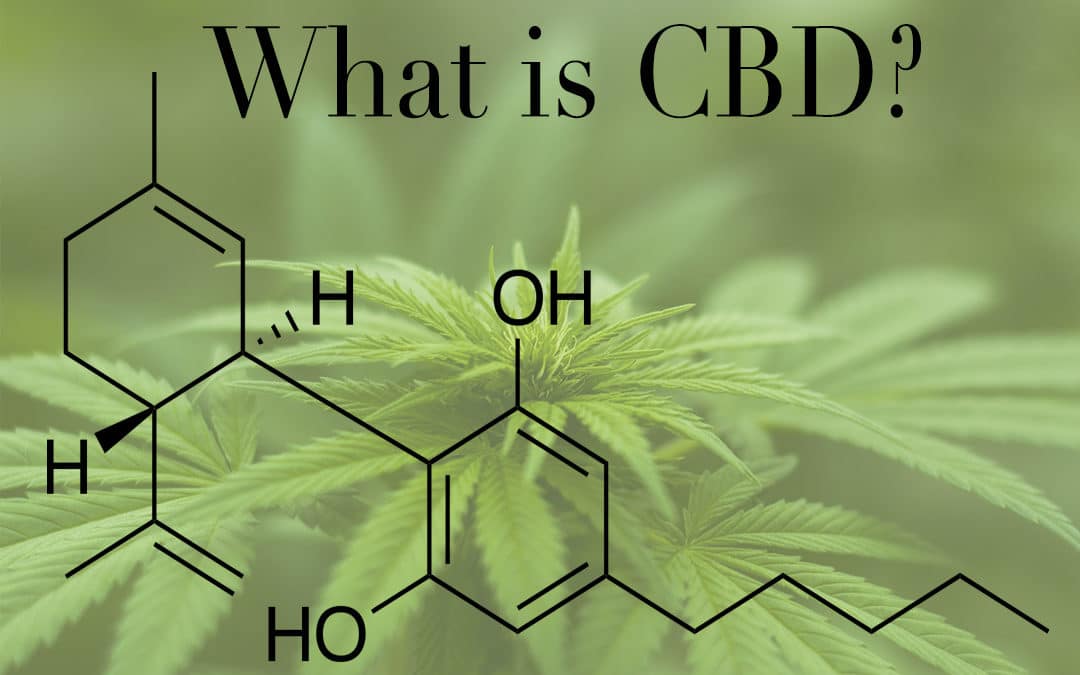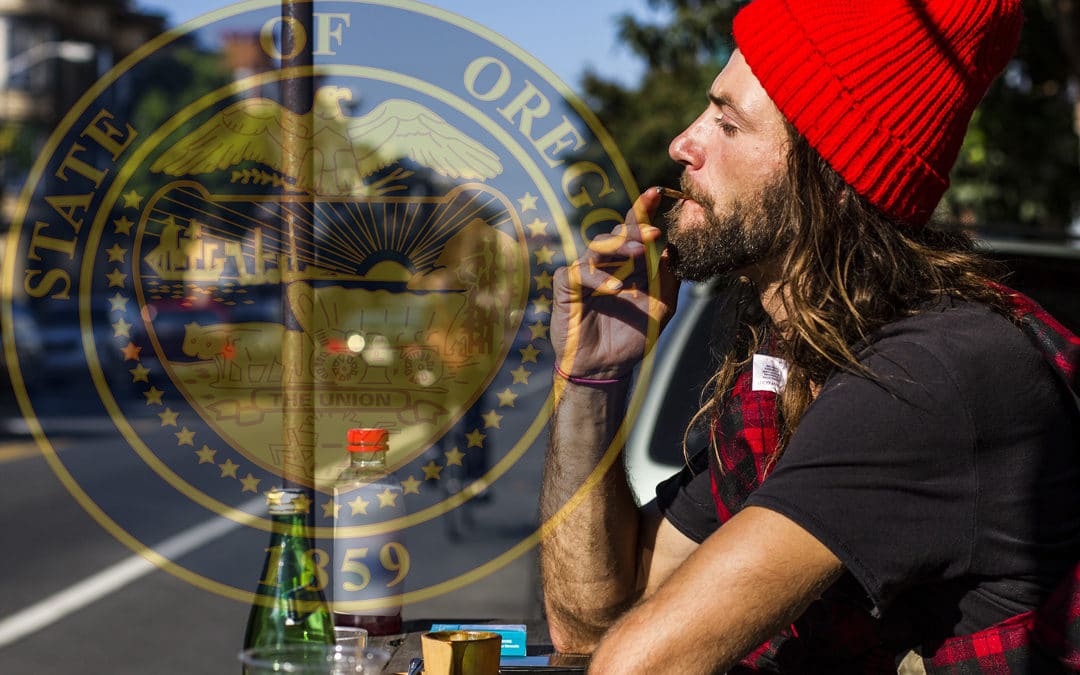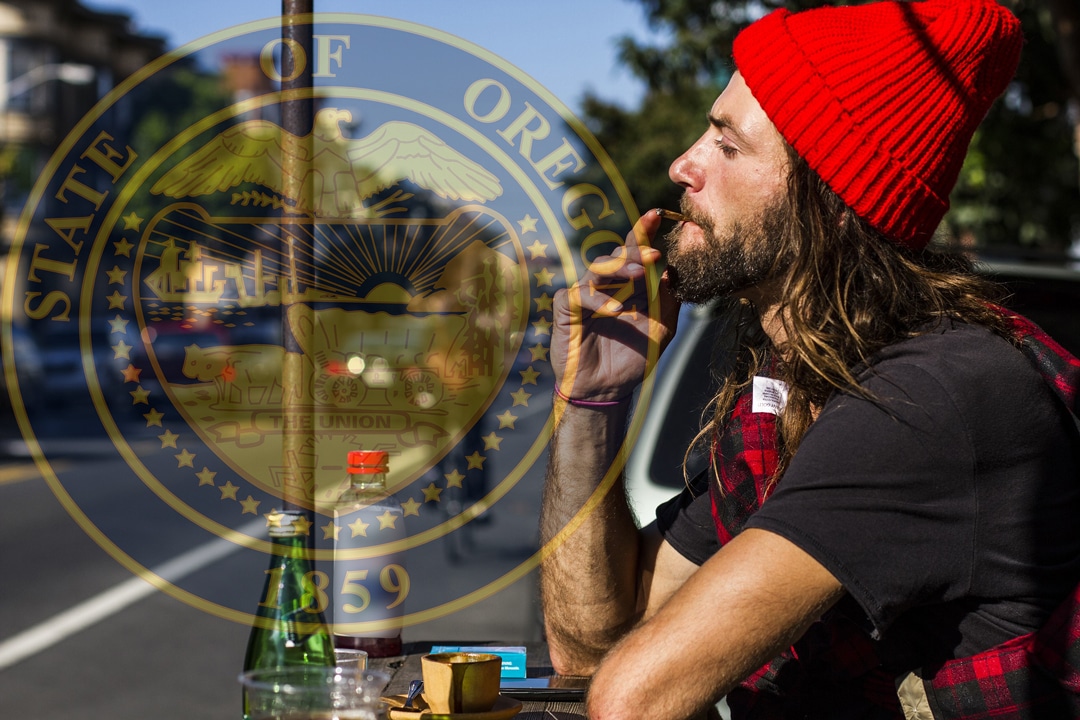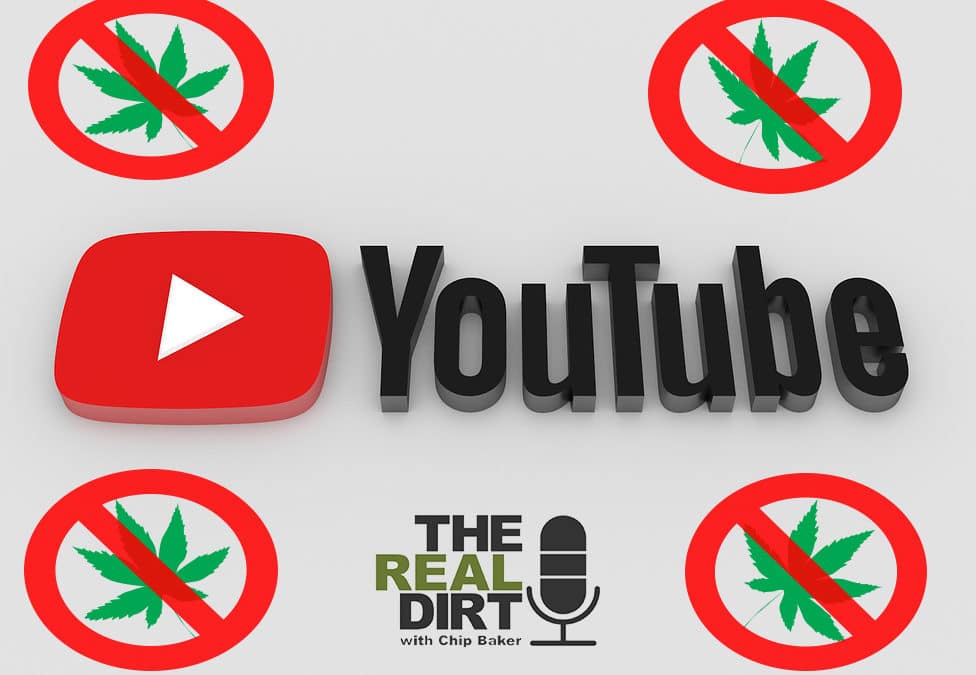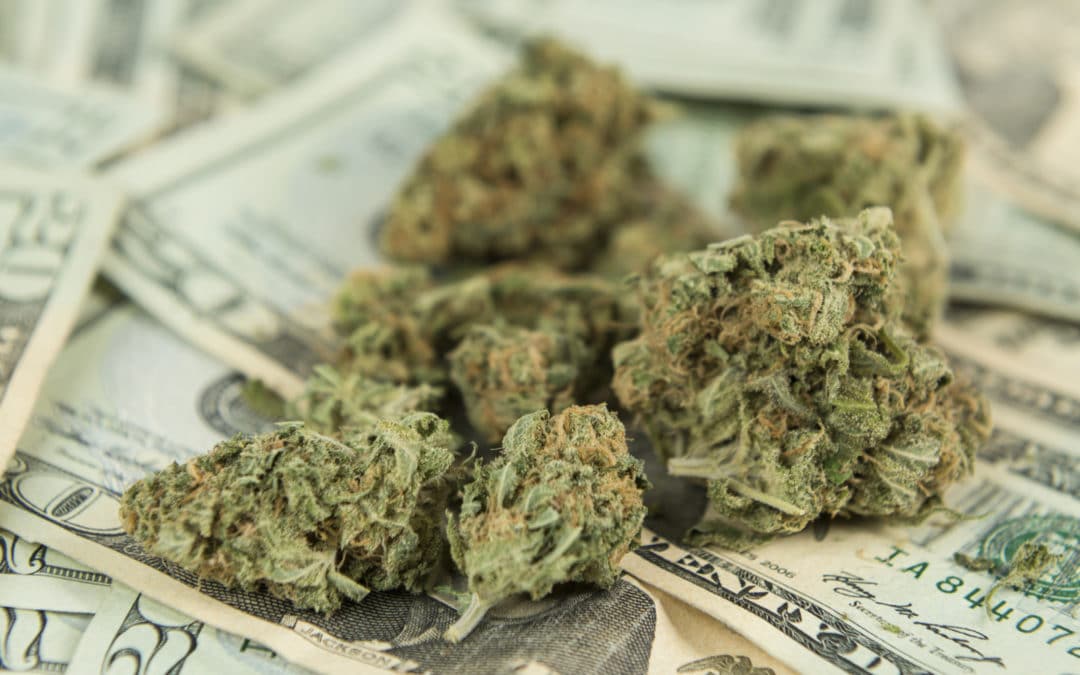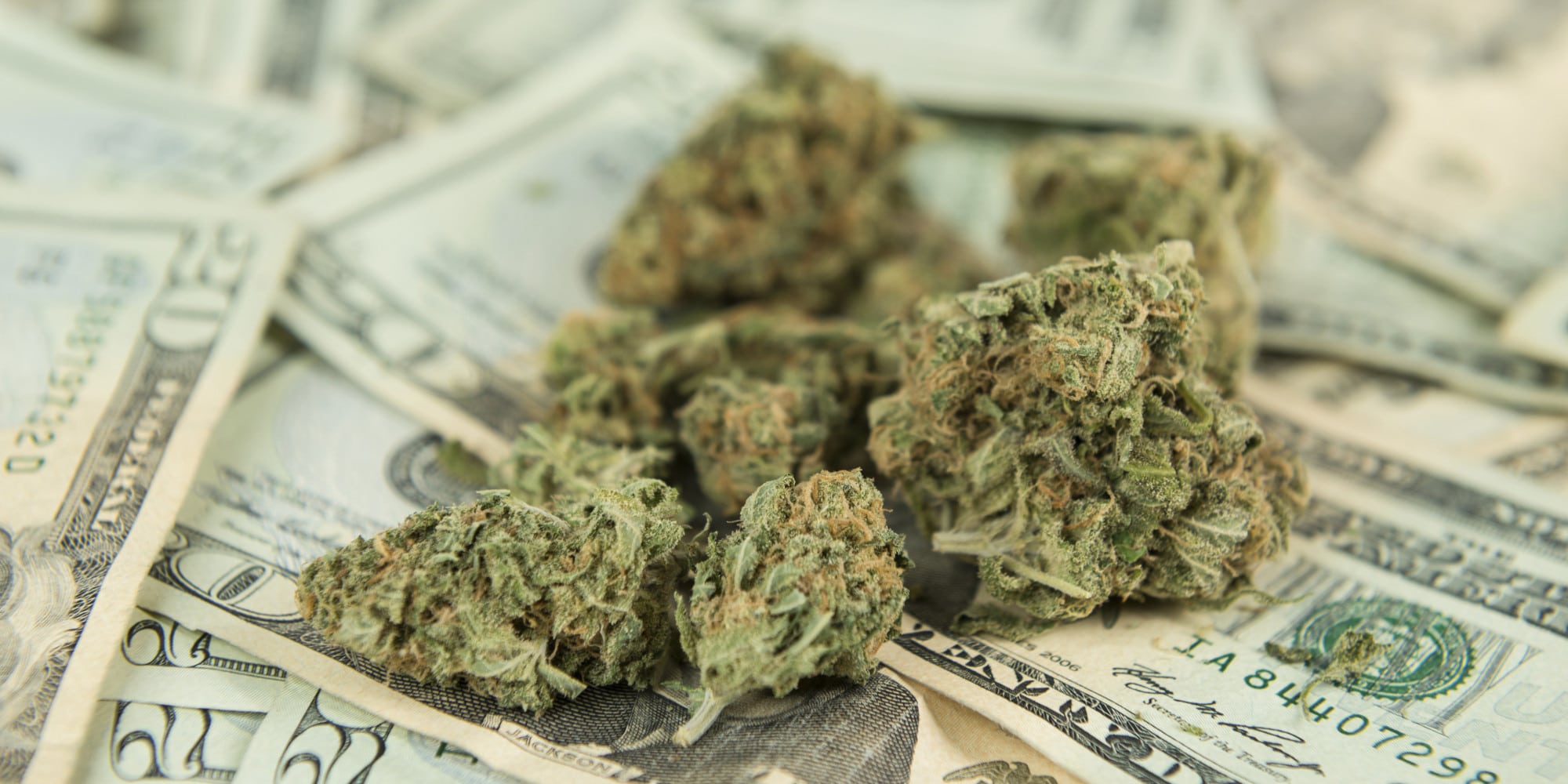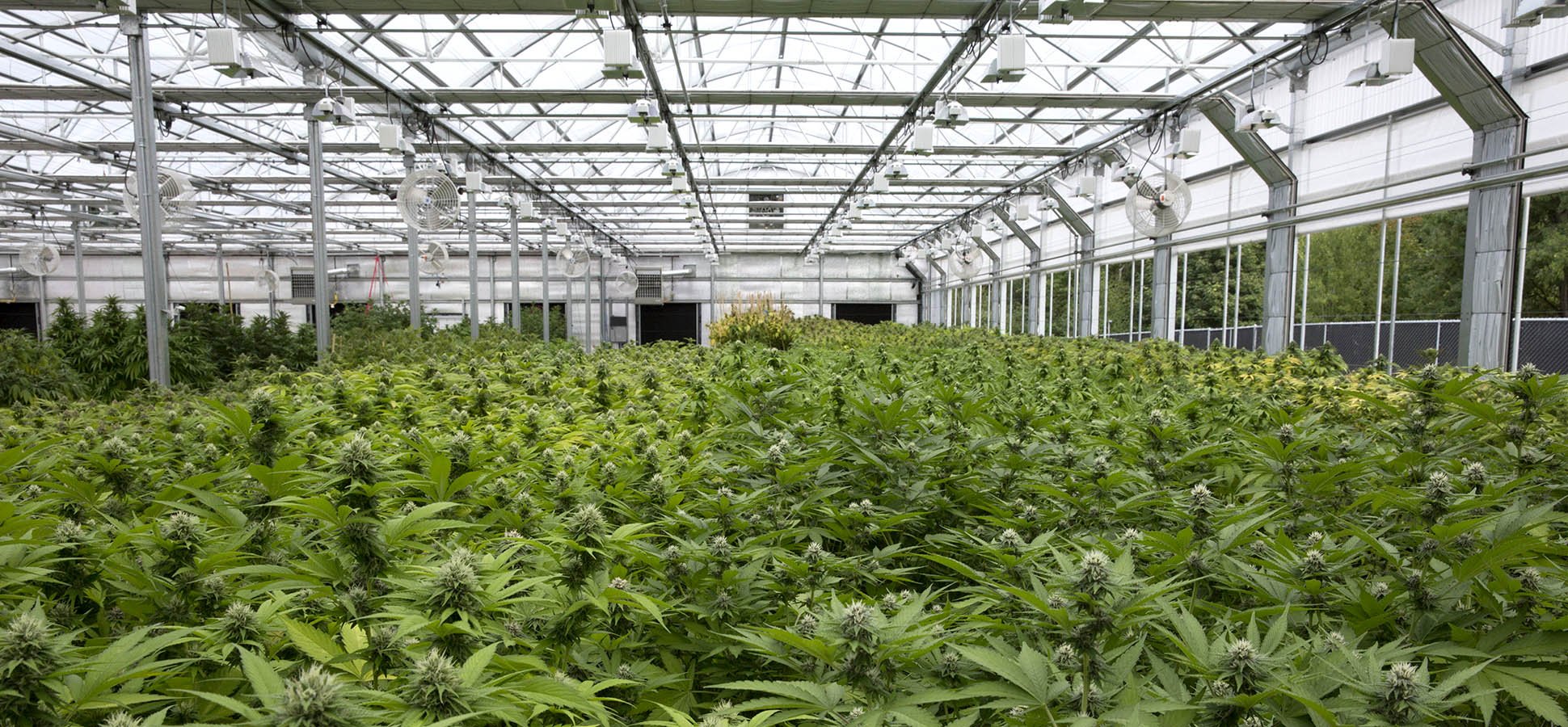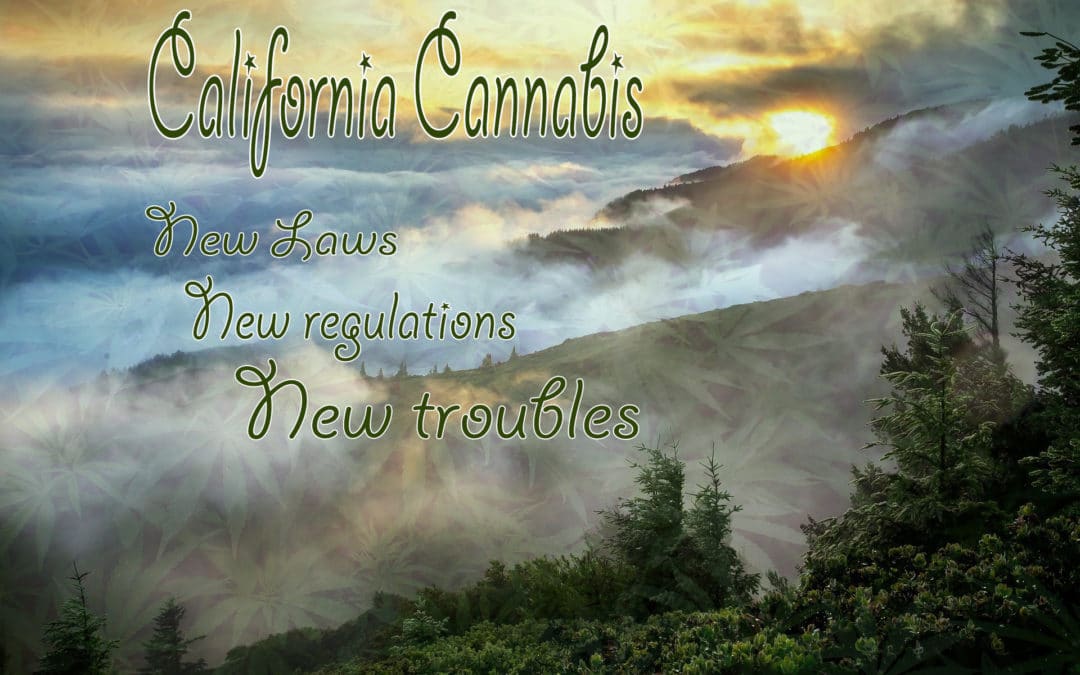
California Cannabis Laws and Growers

The majority of Californians celebrated the passing of Proposition 64 on New Years which officially legalized cannabis use for adults 21 and older. For some, it’s causing serious problems.
The main parties affected by these new laws are the small-time growers and farmers that have been growing cannabis in an under-regulated market for years. These farmers must now meet new standards in pesticides, chemical levels and more regulations for their plants.
California Cannabis Laws: too strict?
Some are starting to claim that these standards are so strict that even organically grown cannabis is unable to meet certain standards. The other issue with these chemical limits is that pesticides and chemicals can drift from other farms that don’t have the same restrictions, contaminating cannabis farms in the area.
While these other crops are allowed to use fungicides and pesticides, cannabis growers cannot use any due to the plant’s Schedule 1 status on the federal level. Due to these new California cannabis laws, pesticide manufacturers, whether organic or synthetic, cannot register their products for use for a commercial cannabis crop.

More harm than good?
The fear for many is two fold; that these new California cannabis laws and regulations will either force growers to conform to the new standards, spending copious amounts of money to comply, or force them back into the private market. Due to this, the California market will likely still see a decrease in “clean” cannabis. Prices may rise in the legal market, and continued access to the private market will remain steady.
Growers in California are now working to create Standard Operating Procedures (SOPs) for everything from inventory and quality control to transportation, security and cannabis waste disposal. All of these procedures and regulations must be met by July 1, 2018 to ensure a smooth transition into a newly regulated market.
It is too soon to say what affect these new California cannabis laws and regulations will have on small growers, but we are already starting to see changes. Demand for cannabis is increasing every day, and with the new regulations, supply will decrease. That sounds like potential market share and profit to me.
Listen to Craig Nejedly of Talking Trees Farms in Humboldt talk with Chip about California laws and the changing industry in the new episode of The Real Dirt Podcast! You can listen right here on The Real Dirt website, or go to iTunes and subscribe to get notifications of new episodes every week.

